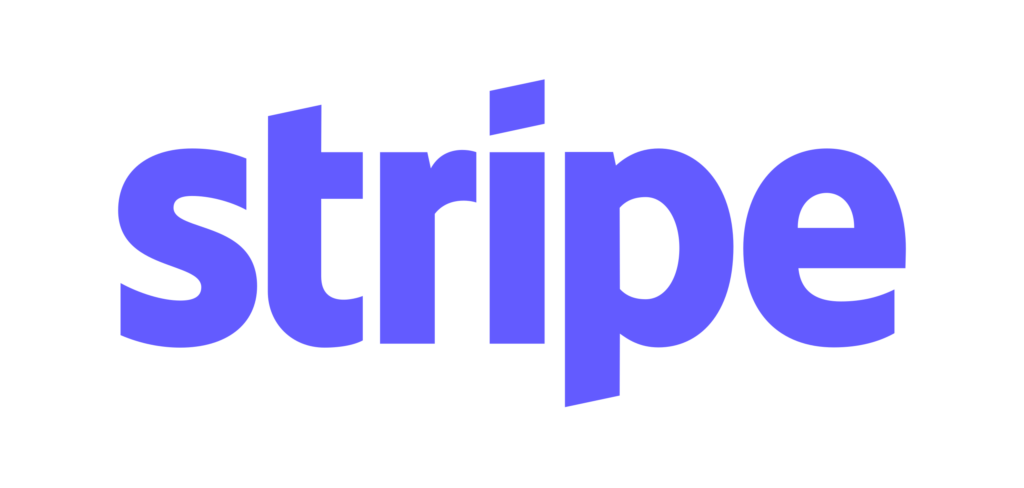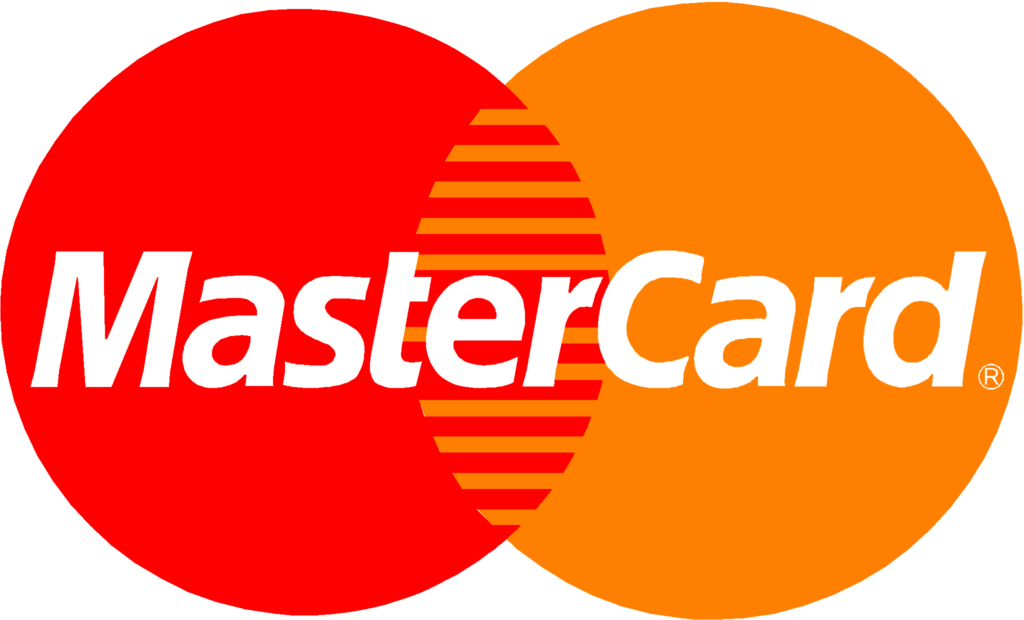The digital landscape is constantly evolving, and web design is no exception. As businesses strive to enhance user experience and engagement, new trends emerge to redefine aesthetics and functionality. Whether you’re a Digital Marketing Agency or an independent designer, staying updated with the latest web design trends is crucial for success.
In 2025, web design is set to become more immersive, interactive, and user-friendly than ever before. The shift towards AI-powered elements, dynamic animations, and sustainable designs is shaping the future of online experiences. Here’s a look at the top 10 web design trends that will dominate 2025.

1. AI-Powered Personalization
Artificial Intelligence (AI) is transforming web design by creating personalized experiences for users. AI-driven websites analyze user behavior and preferences to display tailored content, improving engagement and conversion rates. From chatbots to dynamic recommendations, AI integration will be a significant trend in 2025. AI is also playing a key role in automated UI/UX testing, helping developers identify design issues before they impact the user experience. Moreover, AI-driven analytics will refine website performance, offering real-time insights for continuous improvement. Web Solutions Service providers are leveraging AI to build intelligent website frameworks that enhance functionality and user interaction. These solutions streamline backend processes, allowing businesses to focus on delivering high-quality content and services.
2. Dark Mode and Low-Light UX
Dark mode continues to gain popularity as it reduces eye strain and enhances visual appeal. More websites will offer dark mode as a default or customizable option, ensuring a sleek and modern aesthetic. This trend aligns with accessibility and sustainability efforts, making web experiences more inclusive. Additionally, dark mode provides an elegant touch to web interfaces, making text and visual content stand out prominently. With major platforms already adopting dark mode, its presence in web design will only grow stronger.
3. 3D and Immersive Experiences
Websites are moving beyond flat designs, incorporating 3D elements and immersive interactions. These features create engaging experiences that captivate users, especially in industries like gaming, e-commerce, and entertainment. Expect to see more websites leveraging WebGL and other technologies for enhanced visuals. With VR and AR gaining traction, the combination of 3D web elements and interactive storytelling will revolutionize digital engagement. Businesses that integrate immersive experiences will hold a competitive edge, offering users a visually stimulating browsing experience.
4. Voice User Interface (VUI)
With the rise of voice search and smart assistants, websites will incorporate voice-enabled navigation. This trend enhances accessibility and provides a seamless browsing experience. Businesses must optimize their content for voice queries to remain competitive in the evolving digital space. Additionally, voice search optimization will play a crucial role in SEO strategies, as more users rely on conversational search queries. Websites that implement voice-enabled features will cater to a wider audience, making information retrieval faster and more intuitive.
5. Neumorphism: A New Aesthetic Approach
Neumorphism blends skeuomorphism and flat design to create soft, realistic UI elements. This trend adds depth and subtle shadows, making buttons and icons more interactive. Neumorphism will redefine minimalistic design approaches in 2025. The shift toward this soft UI design enhances user engagement by offering a visually pleasing and tactile interface. As designers experiment with neumorphism, we can expect innovative applications in web and app interfaces that provide a futuristic yet familiar feel.
6. Advanced Microinteractions
Microinteractions, such as hover effects and button animations, improve user engagement. In 2025, expect more sophisticated microinteractions that provide real-time feedback, making web navigation intuitive and enjoyable. These small yet impactful details enhance user experience by adding responsiveness and personality to web pages. From animated icons to interactive form fields, microinteractions contribute to a seamless browsing experience. Brands leveraging advanced microinteractions will build stronger connections with their audience through engaging and delightful web interactions.

7. Sustainability-Driven Web Design
Eco-friendly web design is gaining momentum. Brands are optimizing website performance to reduce energy consumption, embracing minimalist designs and green hosting solutions. Sustainable web design will be a key factor in corporate social responsibility initiatives. Additionally, reducing website load times, optimizing images, and minimizing unnecessary scripts will contribute to a more sustainable digital environment. As businesses prioritize sustainability, expect an increased focus on ethical web design practices that align with environmental consciousness.
8. Parallax Scrolling and Dynamic Layouts
Parallax scrolling enhances storytelling by creating depth and motion in web design. When used effectively, it adds a cinematic feel to websites, making them more engaging. This technique will be widely adopted across industries in 2025. However, balancing parallax effects with usability will be crucial to avoid overwhelming users. When combined with responsive design, parallax scrolling can create an immersive narrative that guides users through content seamlessly. Expect to see creative applications of this technique in portfolios, product showcases, and marketing campaigns.
9. Mobile-First and Responsive Web Design Trend
As mobile browsing surpasses desktop usage, designing for mobile-first experiences is essential. The responsive web design trend ensures that websites adapt seamlessly to different screen sizes, improving usability and accessibility for all users. With Google prioritizing mobile-first indexing, businesses must optimize their websites for mobile responsiveness. Future-ready designs will prioritize fluid grids, flexible images, and touch-friendly navigation to create seamless experiences across all devices. Mobile-first design is no longer optional—it is a necessity for staying competitive in the digital landscape.
10. Augmented Reality (AR) Integration
AR is revolutionizing web design by offering interactive and immersive experiences. Industries like retail and real estate are leveraging AR to provide virtual try-ons and property tours, enhancing user engagement and decision-making processes. AR technology enhances user interaction by blending digital content with real-world environments, making online experiences more dynamic. As AR applications become more sophisticated, businesses will harness this technology to offer highly interactive and personalized customer experiences, transforming the way users engage with digital content.
Conclusion
The future of web design is exciting, with emerging technologies and innovative trends shaping the digital space. Businesses must embrace these trends to stay ahead in a competitive online environment. Whether you’re a Web Solutions Service provider or an independent designer, adapting to these advancements will ensure success in 2025 and beyond. By staying ahead of these trends, businesses and designers can craft engaging, high-performing websites that meet the demands of modern users while setting new benchmarks for digital innovation.










